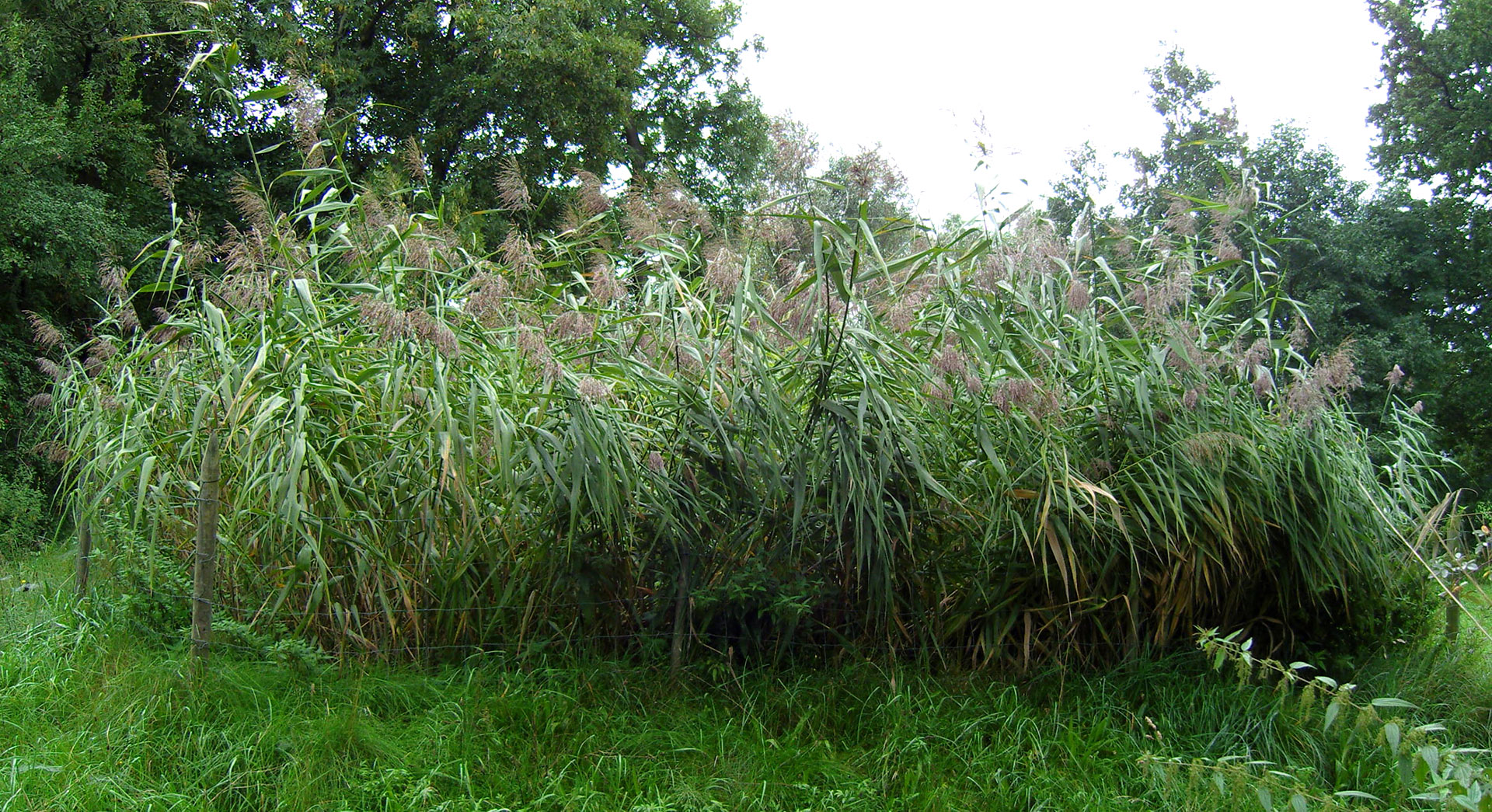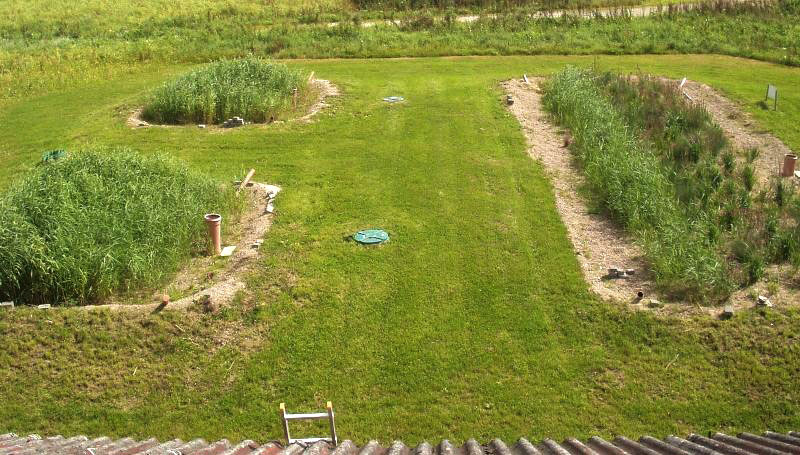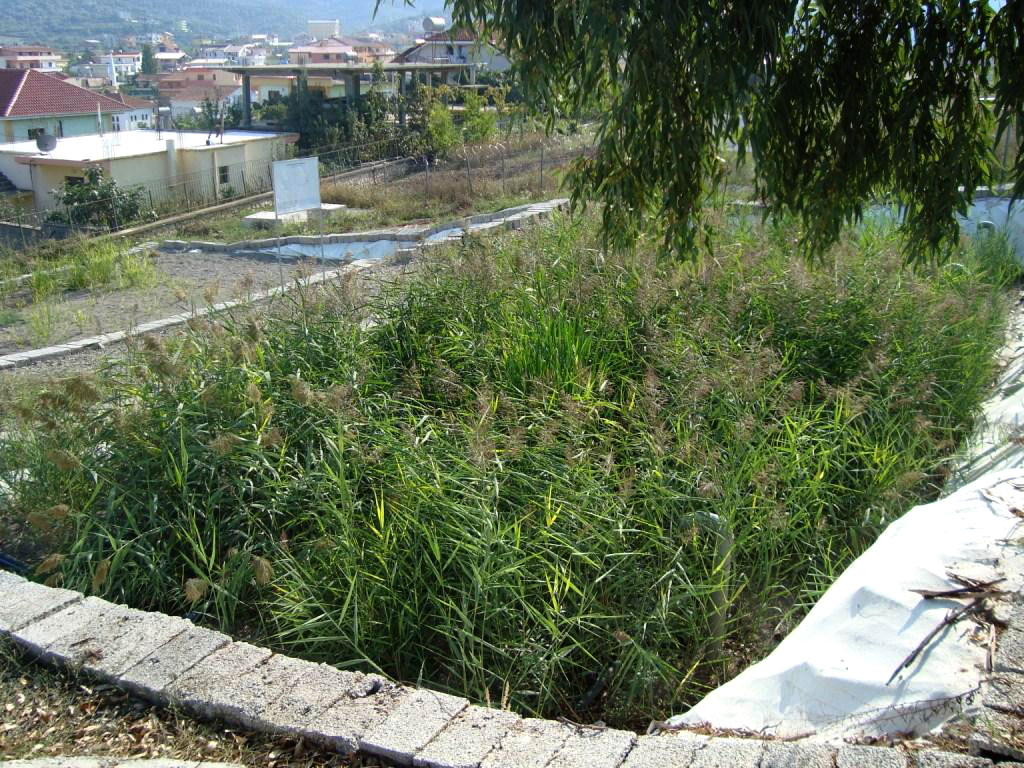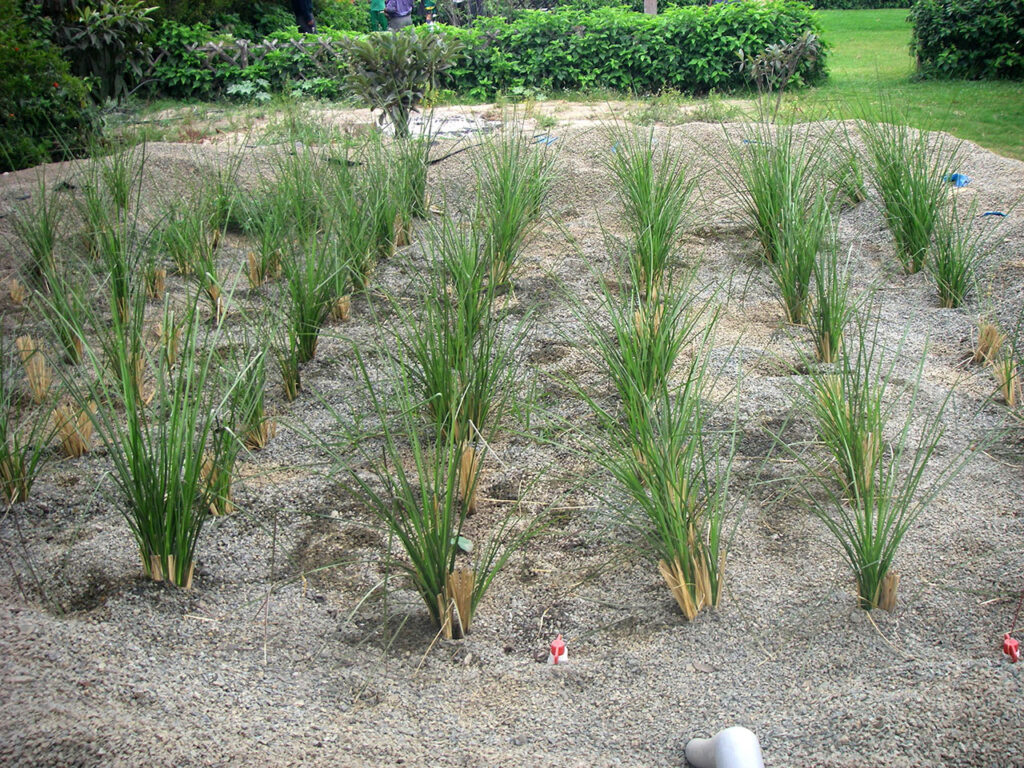
Constructed wetland
Constructed wetland: what it is
With a constructed wetland plant, it is possible to treat almost any type of civil and industrial wastewater. The technique consists of digging a water reservoir, waterproofing it, and filling it with soil in which purifying plants will be planted.
This “tank” is irrigated with the wastewater to be treated: as the irrigation water flows through it, it undergoes the combined purifying action of roots and bacteria and is then conveyed downstream of the system.
Alternatively, it is possible to opt for the creation of surface flow water bodies, which are nothing more than small lakes whose flora, planted on the banks and in sections transverse to the water flow, will be selected in order to obtain the required purification results.

Constructed wetland: how it works
The purified water obtained in this way will have the characteristics suitable for being dispersed into the soil, into a receiving water body, or reused for irrigation or toilet flushing systems in our homes.
In addition, the installation of a phytoremediation system involves the creation of a new wetland in our territory and therefore a habitat for animal and plant species that were not previously present, encouraging biodiversity in the area.
All this happens with virtually zero energy requirements, especially if the system is gravity-fed without the need for pumping. Unlike a conventional system, a phytoremediation system greatly reduces CO2 emissions, the consumption of raw materials (cement, iron, etc.) and chemicals, to the point of eliminating them altogether.
The constructed wetland cycle
A constructed wetland plant is generally located after primary treatment, such as screening, oil separation, sedimentation, or an Imhoff tank. This primary phase has the task of making the water to be treated suitable for phytoremediation and allows for a stable and efficient process.
The phytoremediation system creates a controlled natural system capable of removing pollutants and organic substances from the water.
In order to manage this natural process, it is necessary to create waterproof beds filled with material suitable for plant growth. Waterproofing prevents the dispersion of pollutants and water into the underlying soil.


The plants used stimulate natural processes that create ideal conditions around the roots for the establishment of bacterial colonies that use pollutants as nutrients.
The filling material also has a purifying action in itself, thanks to the filtering properties of the medium itself (mixtures with gravel or fine pebbles).
Plant engineering solutions can be divided into three categories

Horizontal flow systems
The tanks are waterproofed and filled with gravel, into which the wastewater is fed below the surface of the bed.
They perform well in terms of removing organic pollutants (BOD), metals, suspended solids, phosphorus, and surfactants.

Vertical flow systems
The tanks are similar to those used for horizontal submerged flow, except that the wastewater is fed through sprinklers, which oxygenate the water to be treated, increasing nitrogen removal.

Free-flow systems
These look like small lakes or ponds, where plants are grown along the banks and in sections across the flow.
They are approximately 50 cm deep and their main advantages include their pleasant integration into the environment and the promotion of biodiversity due to the creation of a wetland. Their removal efficiency is comparable to the other two systems, but they must almost always be placed downstream of one of the other two in order to prevent the spread of unpleasant odors caused by the introduction of excessively polluted wastewater.
